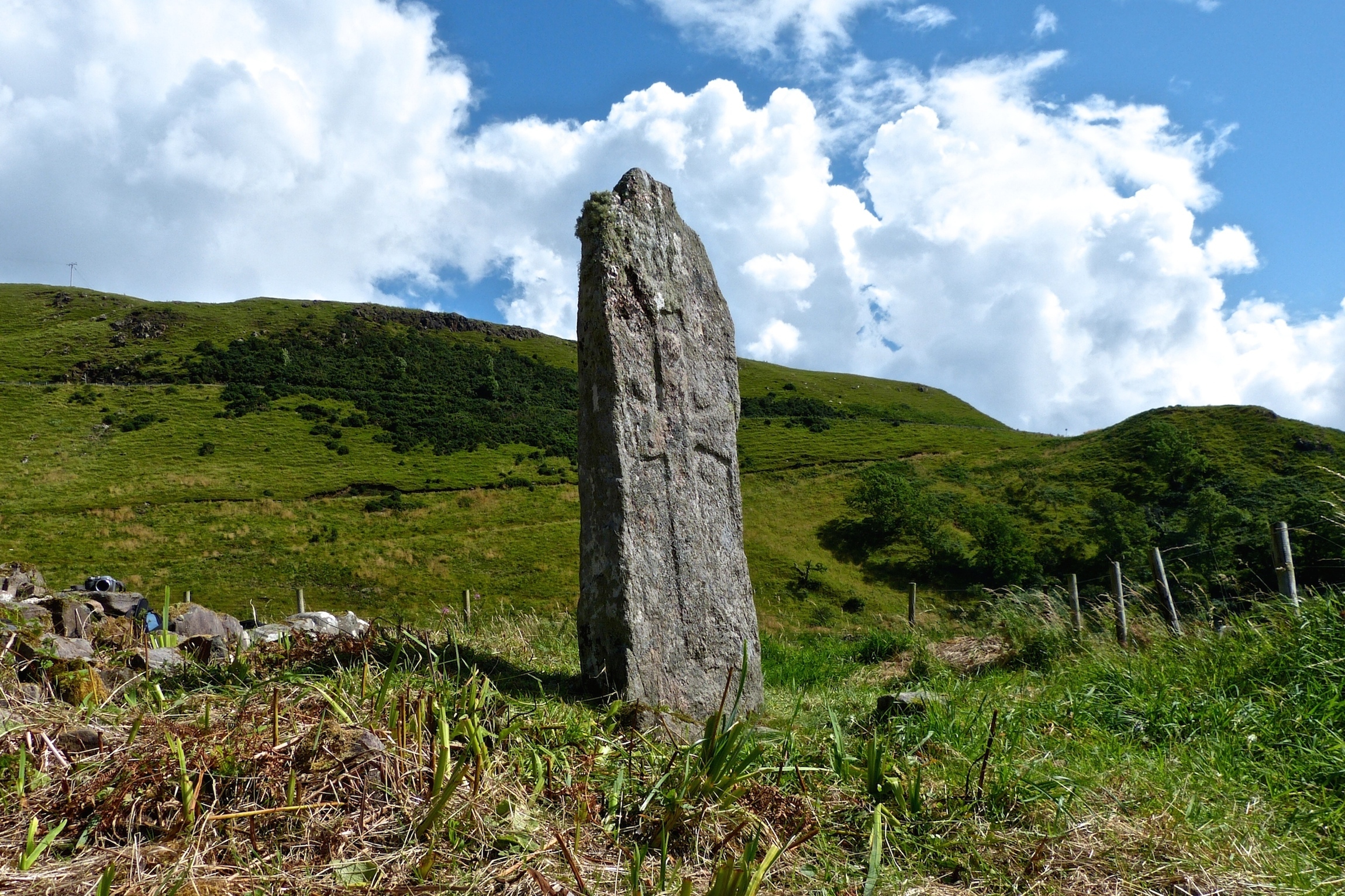A high-tech community archaeology project could reveal worn carvings on an historic Lochaber standing stone.
The Bronze Age monolith in Camas nan Geall Bay at Kilchoan on the Ardnamurchan peninsula stands in a dramatic location looking west out over the sea, but with steep slopes on the other sides.
The standing stone, together with a nearby 18th century burial ground, is designated as a Scheduled Monument and therefore of national importance.
Members of Ardnamurchan Community Archaeology group have spent a weekend working with the Archaeology Community Co-Production of Research Data (Accord) project, which trains local groups in the digital recording of archaeological monuments.
Each of the seven volunteers taking part snapped 50-100 images of the standing stone, which measures 7ft 6ins high by 3ft wide, from every conceivable angle, including above by using a camera on a pole.
And the best of these are being used to create a digital 3D model of the monument.
The community group is working on the project with Archaeology Scotland’s Adopt-a-Monument scheme and the scheme’s project manager Cara Jones said: “Selected photos from all our data sets have been put into software, which stitches them together to create a 3D model.
“We can already see the cross and, what looks like an animal, possibly a lion, above it, but we want to see if there are any other pattern reliefs on it.
“This standing stone has an early medieval cross incised in the stone, but it is likely that it is of earlier origin, probably Bronze Age, and has been reused at a later date.
“The presence of the cross suggests that there could have been an early medieval chapel in the bay.”
